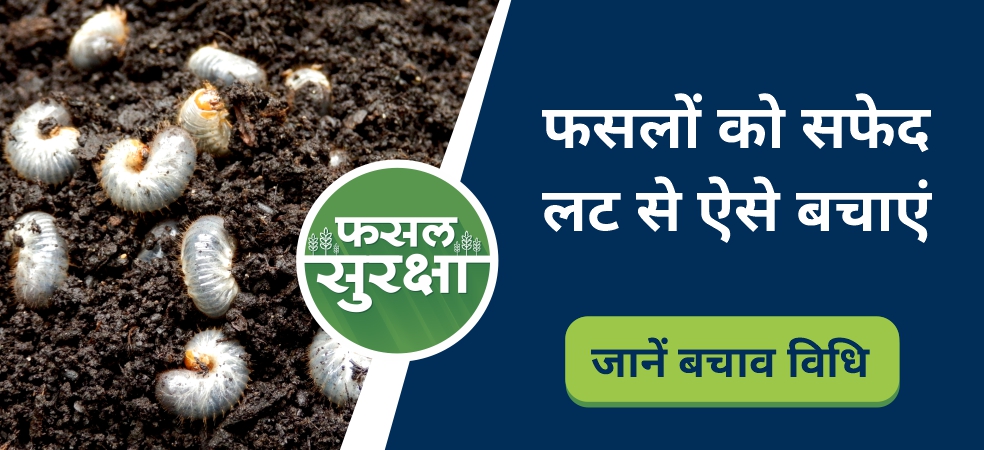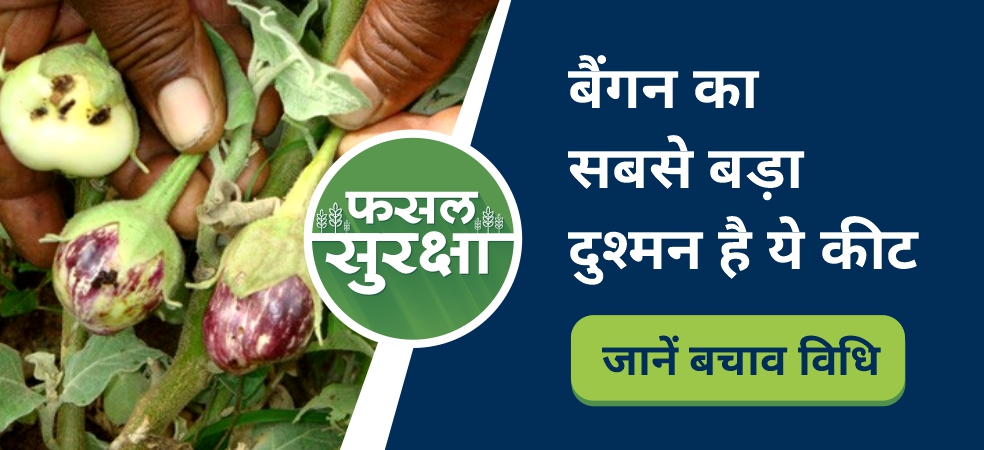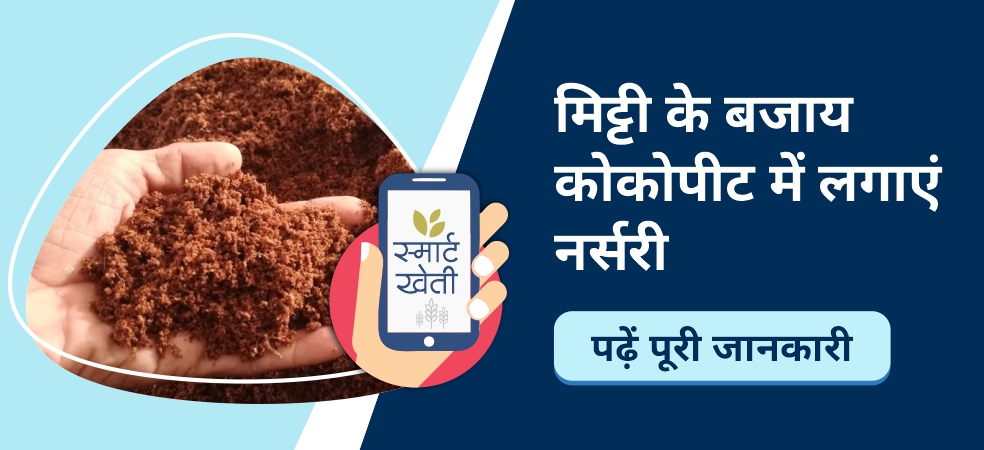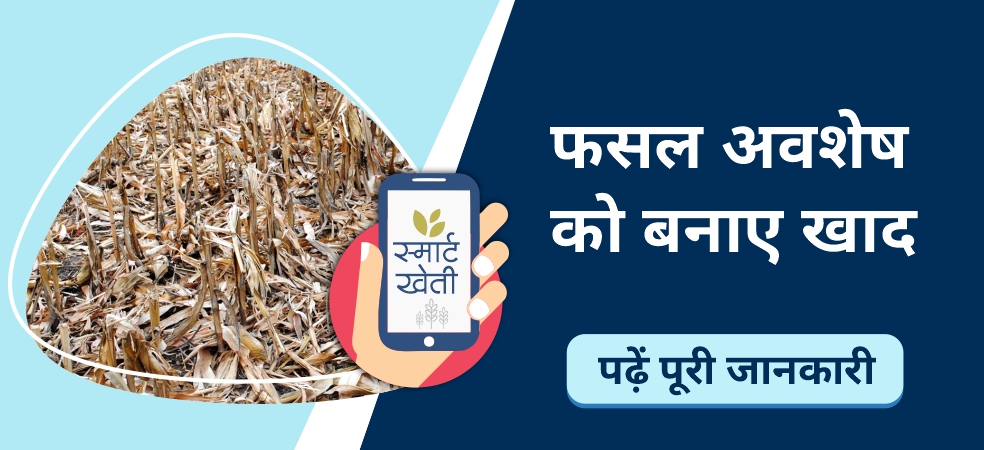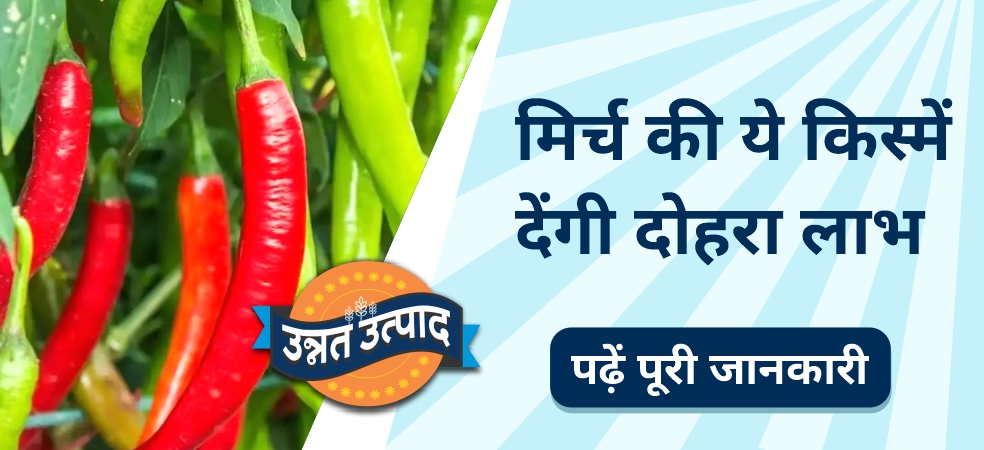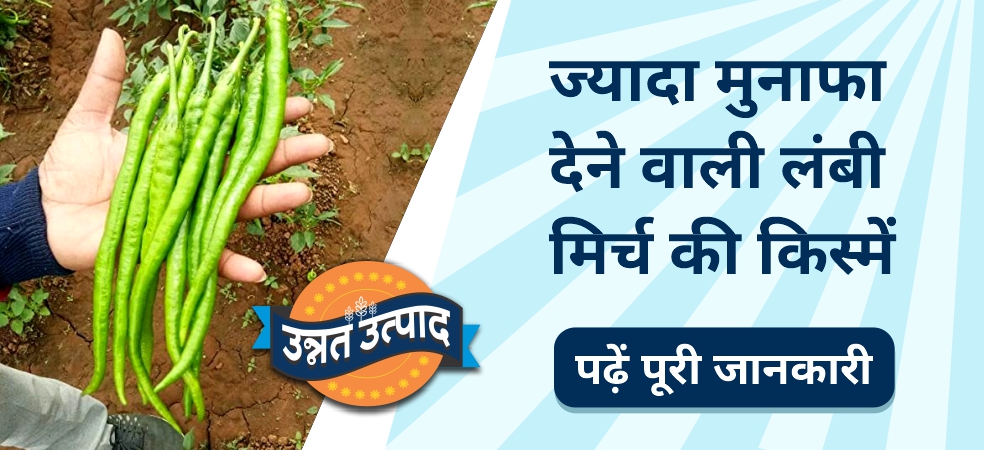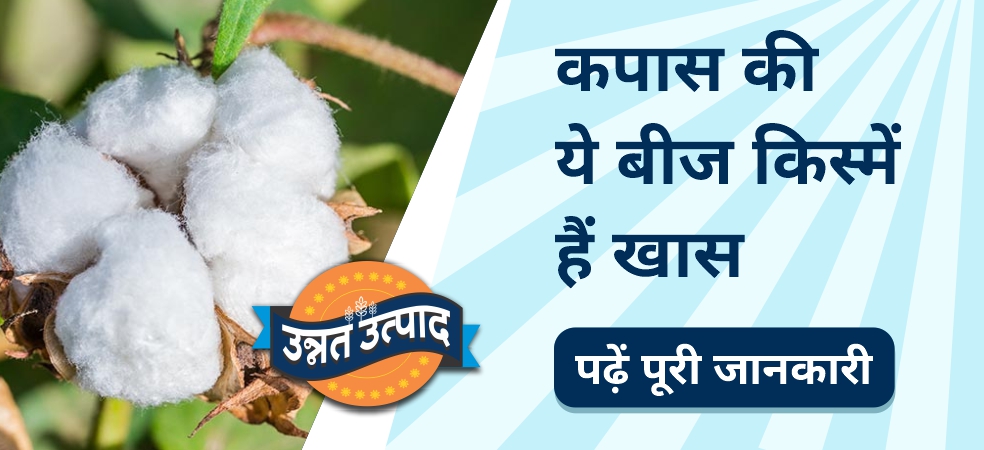-
In the Kharif season, there is an outbreak of white grub in the crops and fields.
-
The reason for its outbreak is the raw cow dung used in the empty fields during summer.
-
The cow dung that is used is not fully decomposed.
-
Many harmful insects and fungi are found in this dung, which is the reason for the attack of white grub.
-
The white grub definitely lays eggs on such a dung heap and when the cow dung is broadcast in the field, the white grub starts damaging the crops by going inside of the soil.
-
To avoid the damage of this pest, use only after decomposing the dung completely or use the decomposer after dung manure has been broadcasted in the empty field.
ShareFor more such important information related to the agriculture sector, keep reading the articles of Gramophone daily. If you liked today’s information, then do not forget to like and share.

